The use of superphosphate fertilizer for feeding cucumbers in the greenhouse and open field
Phosphate fertilizers should penetrate into the soil where cucumbers grow in small quantities, but constantly. They ensure the normal growth and development of the root system, as well as the green, ground part. It is important to know the timing of feeding in order to get only the benefits.
Varieties of superphosphate
Superphosphate is a balanced complex of nutrients, most of which are phosphorus. The lack of this component leads to the fact that the leaves and stem are painted in a purple, blue or maroon shade, gray spots appear. With a lack of phosphorus, the roots become weak and develop poorly, the leaves begin to fall off and the plant dies.
Feeding cucumbers with superphosphate allows you to achieve good immunity. Vegetable culture resists fungal, viral or bacterial infections well. During the flowering period, many flowers are formed, the taste of cucumbers is juicy and crunchy.
Superphosphate for cucumbers does not contain very much nitrogen, so the fertilizer does not contribute to a strong growth of green mass. Superphosphate is also added during autumn tillage. In this case, next year, the cucumbers will additionally endure sudden frosts.
There are several types of superphosphate that are suitable for cucumbers in a greenhouse.
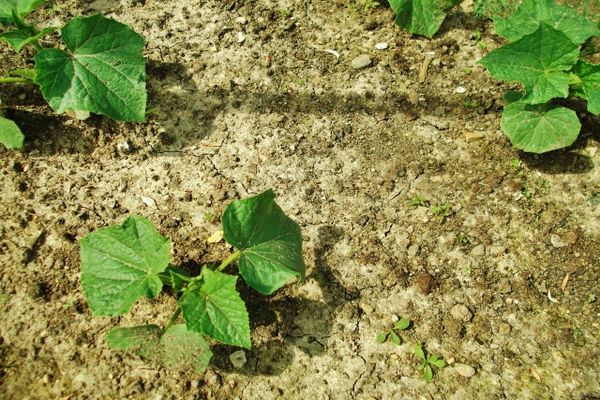
- Simple superphosphate, sold in powder form with a grayish tint. The composition of monophosphate is about 22% phosphoric oxide. Other components are also present, such as nitrogen, sulfur, calcium sulfate. It is best used for composting. It goes well with nitrogen.
- Double superphosphate includes a large amount of phosphorus (up to 52%), additionally there is sulfur and nitrogen. Small granules dissolve easily in water. Superphosphate works well with potassium.
- Granular superphosphate is also used. It contains a lot of phosphorus (more than 50%) and calcium sulfate (more than 30%). A liquid solution of superphosphate is made; dry use is also allowed.
- Ammonized superphosphate contains about 35% phosphorus and 30% potassium sulfate. Does not change the acidity of the soil, dissolves well in water.
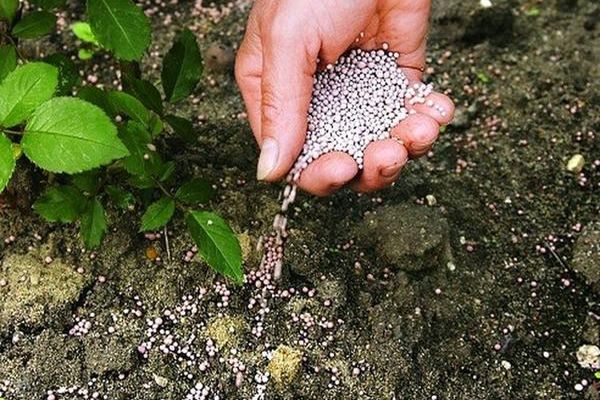
It is especially useful to use a mixture based on superphosphate in greenhouses. 7-8 days before planting the seedlings, they dig up the ground and add about 30 g of this component in combination with 30 g of ammonium nitrate and 20 g of potassium sulfate.
Required items
Cucumbers are demanding on the composition of the soil. The content of nutrients must be balanced, since not only a deficiency, but also an overabundance of some trace element can lead to loss of yield. It is not recommended to plant cucumbers in the same place for several years in a row. In the greenhouse, the soil is quickly depleted, so a yearly renewal is recommended.
Fertilizers for cucumbers are prepared independently using folk recipes, or they are bought ready-made. The dosage of mineral or organic components must be taken into account.
Mineral components are also contained in the soil itself, but their quantity is not enough for the full development of a vegetable culture. Therefore, it is periodically necessary to add phosphorus, nitrogen, potassium, iron, manganese to the soil. In the store you can find complex mineral fertilizers, which consist of several trace elements at once:
- Nitrogen fertilizers are necessary at almost all stages of cucumber development. It is especially beneficial to apply nitrogen at the beginning of the growing season. The lack of this component leads to the fact that the leaves of cucumbers are painted in a pale green color, the fruits are shortened, thickened and also brightened.
- Phosphorus stimulates the formation of ovaries and numerous fruits. In the presence of its deficiency, the plant slows down in growth, and purple spots are observed on the leaves.
- Potassium is a conductor of nutrients to all parts of the plant, contributes to normal development and abundant fruiting. With a lack of potassium, the leaves begin to curl inward, the edges turn yellow and dry. The fruits are pear-shaped.
- With a lack of calcium, the leaves begin to roll up, the flowers fall off during the flowering period, the fruits are formed bitter.
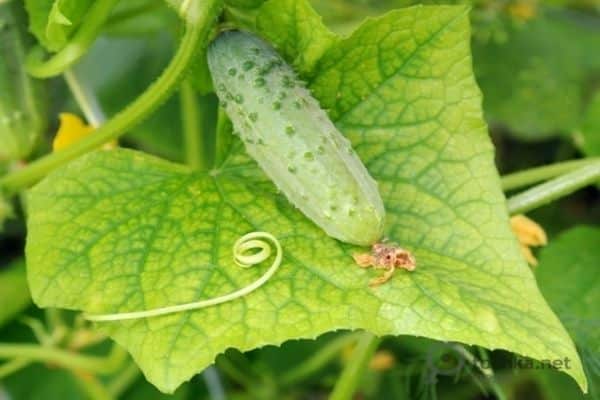
Organic compounds are made from natural ingredients. Compost, bird droppings, manure, humus, wood ash, herbal infusions can be used as a basis.
You cannot use fertilizers of the same type throughout the growing season. It is recommended to alternate the application of organic fertilizers with mineral components.
Different growing conditions
The cultivation options and care features for cucumbers that grow in a greenhouse or outdoors are almost the same. The only difference is that the greenhouse has more opportunities to maintain the temperature and humidity at an optimal level.

If a vegetable crop grows in a greenhouse or greenhouse, it is imperative to monitor the composition and quality of the soil. The topsoil should be removed annually and replaced with a new layer.
In the fall, they begin to disinfect it. For this purpose, you can dilute lime in water, leave to infuse for a day, and then carry out processing. For spring processing, a weak solution of potassium permanganate is suitable.
- Top dressing of cucumbers, which are supposed to be grown in greenhouse conditions, begins at the seedling stage. Fertilizer is applied when the first pair of leaves appears, then the second pair, and then two weeks later.
- A few days before transplanting a vegetable crop to permanent beds, it is recommended to carry out foliar spraying with nutrient solutions.
- The next feeding falls on the stage of active growth and flowering.
- During the fruiting period, at least two dressings are recommended. Only those trace elements are used that do not affect the taste of the fruit.
For cucumbers in the open field, fertilizers are prepared at the same periods. Additional fertilization is necessary in case of a change in the appearance of the bushes, the appearance of diseases or when pests attack.
Top dressing rules
For cucumbers planted in greenhouses or in the open air, root and foliar treatment with nutrients is equally useful.
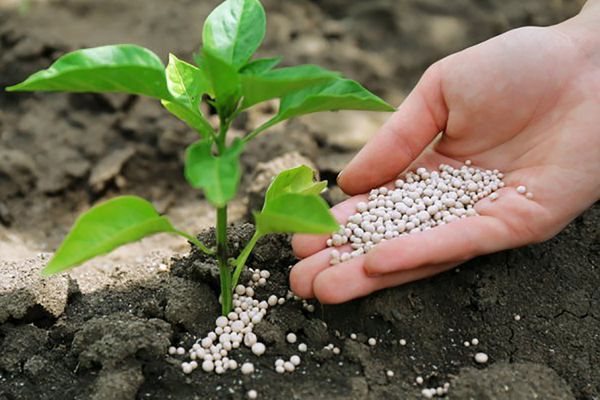
Root dressing involves the introduction of the necessary nutrients for each root. It is necessary to carry out the procedure in the evening, in cloudy weather it is allowed during the day. For better distribution of components and to prevent root burns, the soil is preliminarily watered with normal, warm water.You can feed your cucumbers right after rain.
Foliar dressing is especially needed for cucumber beds when the weather is cold, rainy and the beds lack sufficient lighting, when the appearance of cucumber lashes changes.
Each of these factors adversely affects the development of the root system. Therefore, fertilizing that will be applied to the soil will be poorly absorbed by the plant.
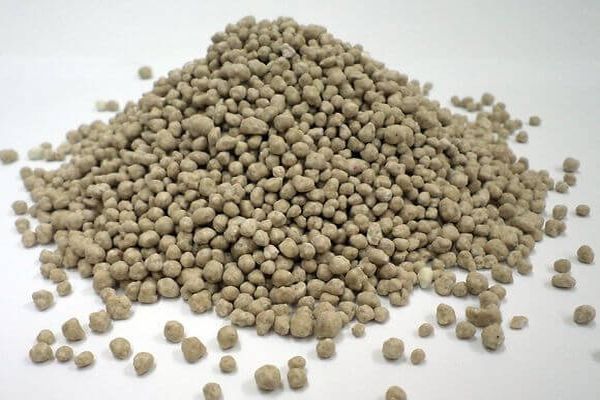
As phosphate fertilizers poorly soluble in water, and in dry form are poorly absorbed by plants, gardeners bring it in liquid form. For this, the granules are poured with boiling water. In this case, the properties are not lost, but the composition is easily distributed over all parts of the plant.
The granules dissolve completely in a day. During this time, the solution is stirred periodically. The finished solution is filtered so that there is no sediment and before use it is again diluted with water.
Instructions for the use of superphosphate suggest a dosage for cucumber planting equal to 20 g per 1 sq. meter. You need to apply fertilizer to the hole. The resulting solution should have a milky white color.
Fertilization time
For cucumbers at various stages of development, superphosphate is necessary to a greater or lesser extent. Fertilize cucumbers, you need to strictly observe the dilution proportions of the various components.
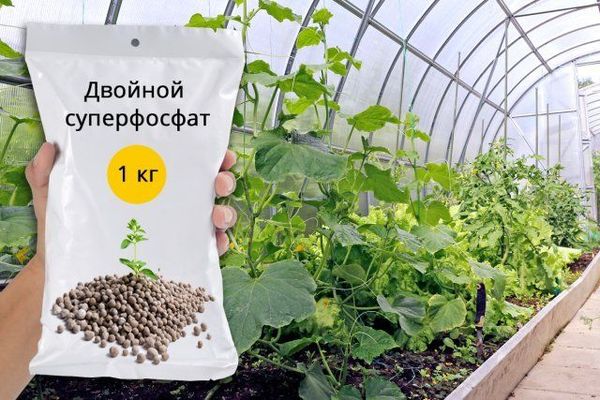
When sowing seeds, it is useful to make a mixture of superphosphate and potassium nitrate, which are taken 10 g each. Copper sulfate 0.2 g is added. It is allowed to add granular superphosphate (per 1 sq. M. 5 g) to the prepared beds, if used in the form of a powder, then mixed with humus.
When planting cucumbers in the ground, it is advisable to use organic matter, a slurry from manure or an infusion of chicken manure is ideal. Instead of organic components, you can use mineral fertilizer. In a large bucket, water is diluted with 10 g of superphosphate, potassium salt and ammonium nitrate.
The very first application of fertilizers begins when the first pair of true leaves unfold on the sprout. Cucumber dressing is especially necessary when the bushes look weak and grow poorly. The most basic component is nitrogen, liquid manure or chicken droppings are well accepted.
The composition of urea and superphosphate is considered especially popular for cucumbers. 30 g of urea and 60 g of superphosphate are added to a bucket of water. Fertilizer should be applied under each root during watering.
The second fertilization procedure coincides with the beginning of flowering of cucumbers. Additional components stimulate the appearance of a large number of flowers, increase the number of ovaries and prevent flowers from falling off. You can make a complex fertilizer by diluting 45 g of superphosphate, 32 g of ammonium nitrate and 23 g of potassium nitrate in a bucket of clean water.
It is useful to sprinkle the beds with a composition of superphosphate and dry wood ash. You can simply spray the plants with a superphosphate solution. To do this, dissolve 60 g of superphosphate in 10 liters of water.

The next feeding is carried out at the stage of active fruit formation. During this period, the plant needs a large amount of nutrients, especially phosphorus, potassium and nitrogen. But it is best to use organic components instead of mineral fertilizers during this period.
Some time after the first harvest, the last fertilization is carried out. This is necessary to extend the period of fruit formation, the formation of new ovaries and the appearance of even and juicy fruits.
To prevent the leaves of cucumber lashes from curling and not turning yellow, it is recommended to use a solution of superphosphate, ammonium nitrate and potassium salt. Each component is taken in the same amount and dissolved in water. During watering, care should be taken that the solution does not get on the leaves of the cucumbers.
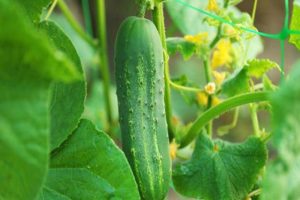


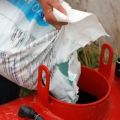
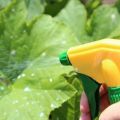
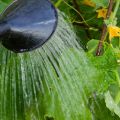



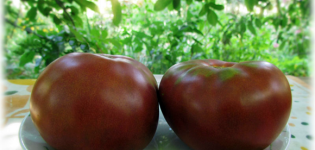
Superphosphate is very good for cucumbers. Especially if the soil in the garden is poor, as it was in our country house when we just bought it. I also use a growth activator for cucumbers and tomatoes BioGrow... Cucumbers with him bear fruit more intensively.